Nature journaling in the Páramo is like nature journaling inside an ecosystem invented by Dr Seuss. Maybe that is why I like it.
What is the Páramo?
The Páramo is an under appreciated neotropical environment. This high altitude ecosystem is lacking in trees but makes up for it with lots of weird plants, the world’s biggest hummingbird, and South America’s spectacled bear! This unique type of ecosystem can be compared in some ways to tundra or moorlands in temperate climates but instead the Páramo only occurs in South America and Central America. It occurs between the permanent snowline and the treeline. Some of the most well known plants are giant members of the sunflower family such as fraillejon, the bizarre cushion plants, including some in the carrot family, and many members of the blueberry family and the pineapple family. There are also tons of weird mosses, lichens, liverworts, and lycopods!
Why the Páramo matters?
This ecosystem plays several vital ecosystem roles including hydrology, carbon sequestration, and a reservoir for endemic biodiversity. Due to the soil types and plants community of the Parámo there is a capacity to absorb massive amounts of water and release it slowly. This is vital to the water security of many of downhill cities and settlements including some of the most populous cities in the Andes. Additionally, this treeless ecosystem actually sequesters a large amount of carbon. This may be in part due to the slow decomposition or organic matter. Finally, the Paramo is a hot spot for biodiversity and endemism. Endemism means that there are species here that exist nowhere else.
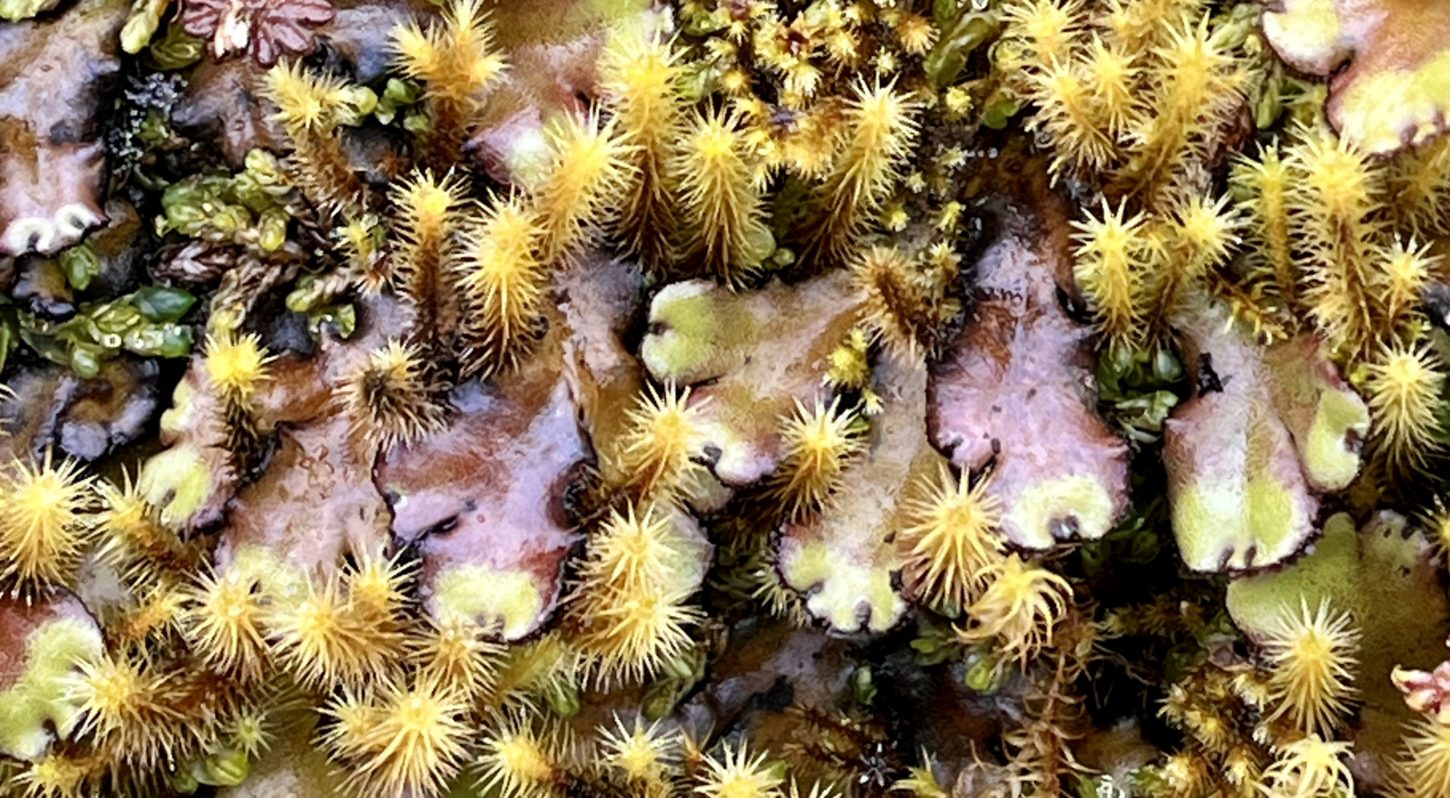
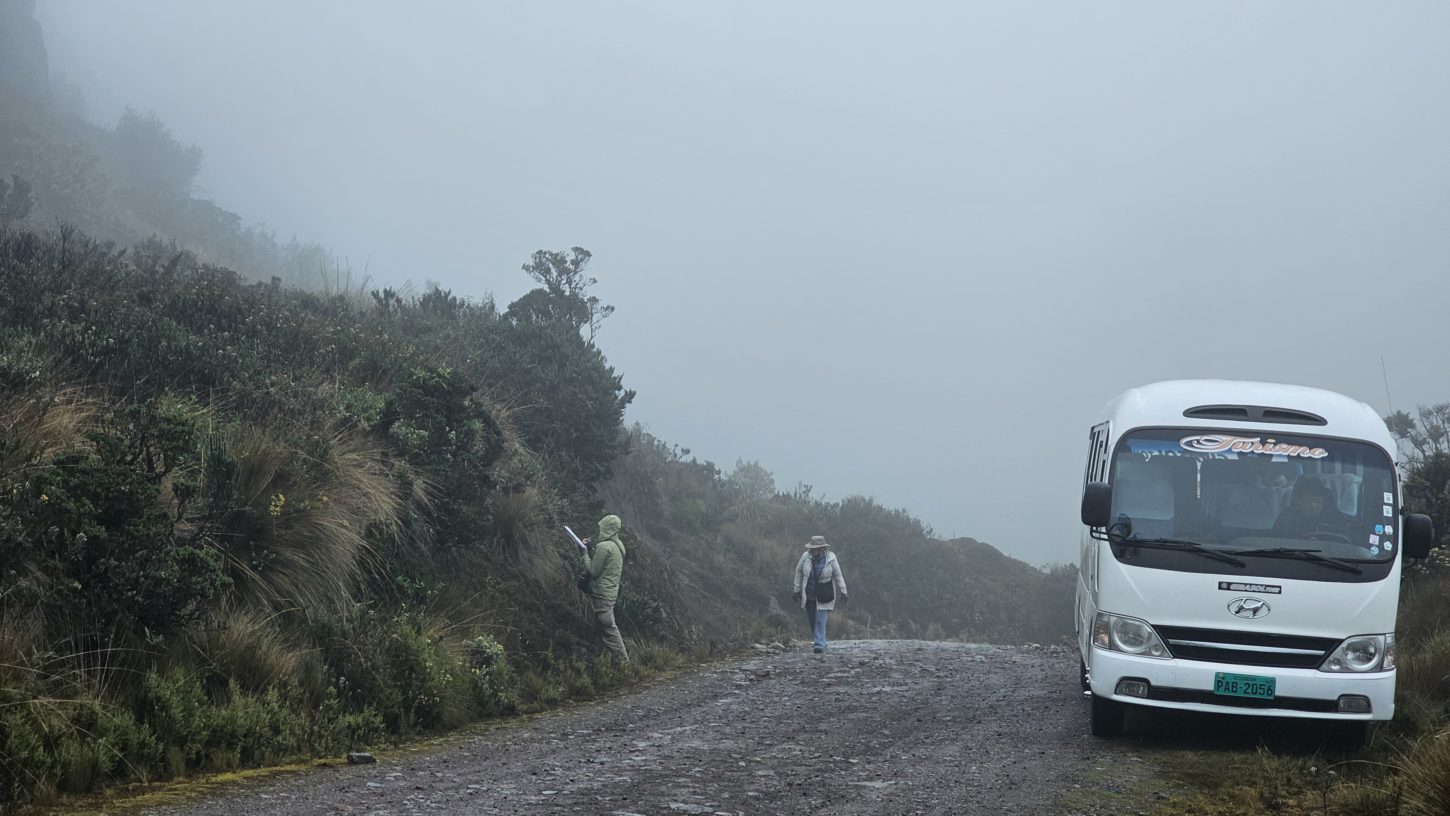
Tips for Nature Journaling in the Páramo
Here are some of my tips for nature journaling in this fascinating environment. I have included some product links that I have personally tested. Some are affiliate links so I get a small percentage if you use them.
- Go with someone who knows the area.
- Don’t eat the death blueberries.
- Wear layers. It’s cold up here. I wore a merino wool base layer like this everyday because it’s warm comfy and doesn’t smell bad after 4 days of use. A Patagonia Nano-Puff Jacket is also super useful! Sometimes, you can find them used here.
- Be prepared for sun, wind, or rain.
- Stay hydrated. Even if it is cold. I like using these electrolytes. I often carry the ones with caffeine in my nature journal kit.
- Try these nature journaling techniques: collections, elevation diagram, joint comparison.
- Don’t sit or kneel on the plants. Everything up here is like a sponge and will soak you.
- Retreat to the hot springs!
Andes to Amazon Nature Journaling Adventure
Did you say hot springs? Why yes I did. After a long day of nature journaling in the cold and windy Páramo it can be really nice to soak in a beautiful hot spring in Papallacta. And that is exactly what we did on the Andes to Amazon nature journaling adventure! The resort where we stayed had amazing hot spring pools surrounded by beautiful plants and epic views of the mountains. I even did some nature journaling while soaking and saw cool birds from the comfort of the pools!
The whole point of the Andes to Amazon Nature Journaling Adventure was to explore the diversity of ecosystems available in Ecuador starting in the Andes and descending to the Amazon. The Páramo was perhaps one of the most challenging but also the most rewarding. After all, how often do you get to nature journal inside a Dr Seuss illustration? Below, you can see where the Páramo is located in relationship to the other ecosystems we visited on this trip.
What do spectacled bears, death blueberries, turquoise-flowered bromeliads, cushion plants, and giant hummingbirds all have in common? Now you know, they all live in the Páramo.
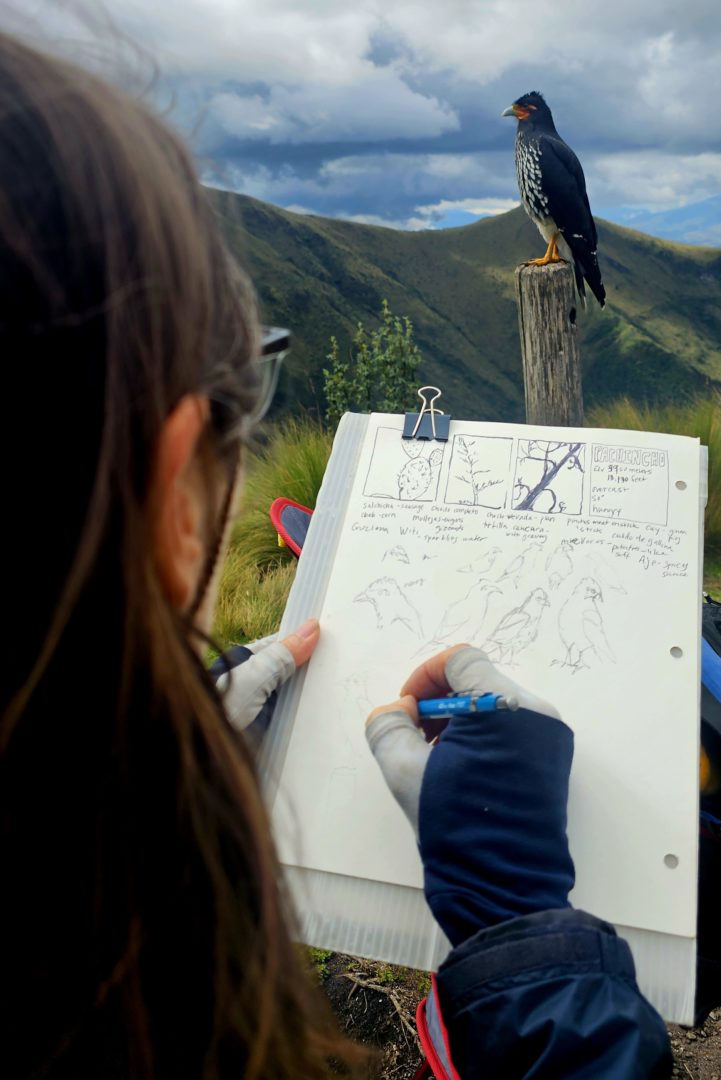
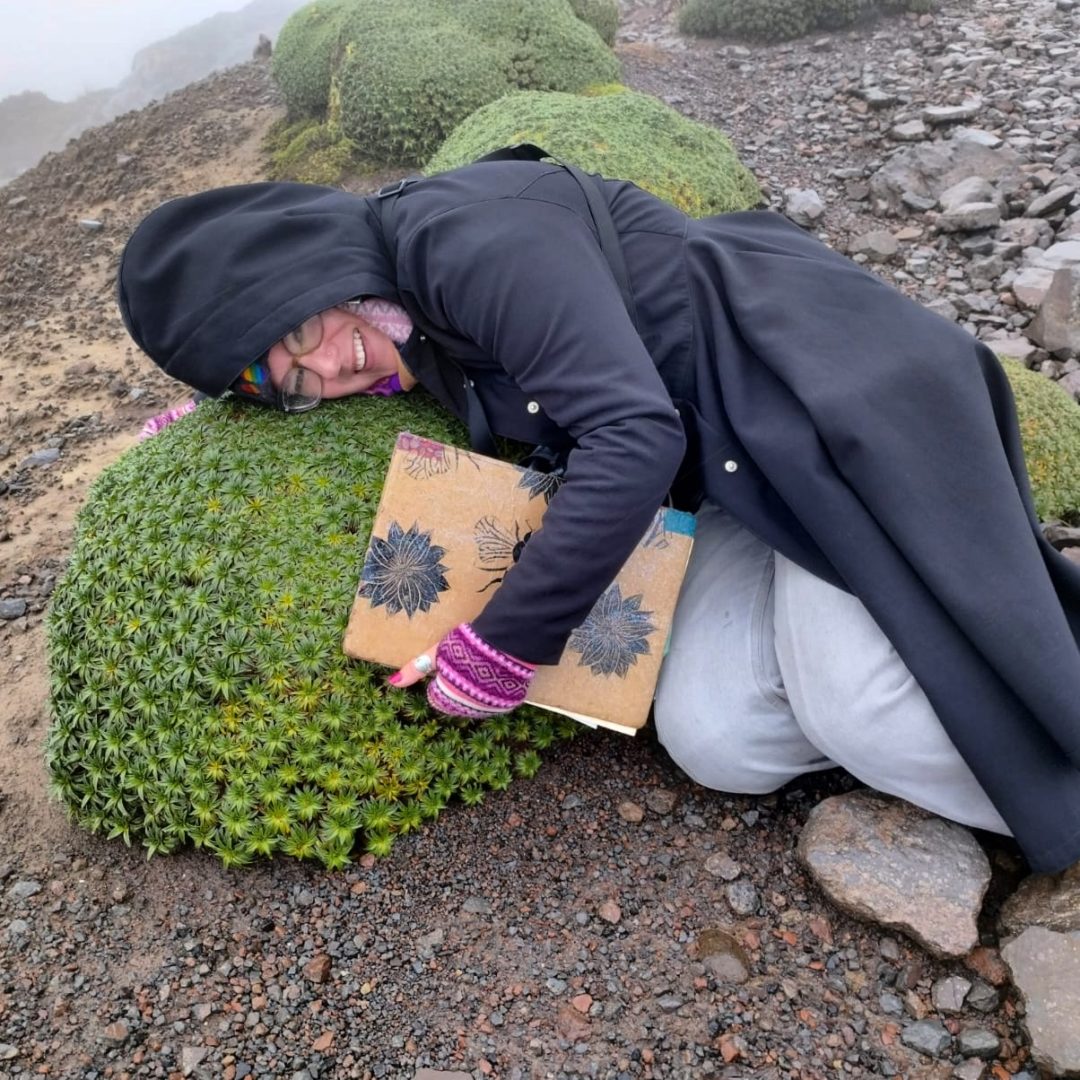
Want to join me for a nature journal trip?
This year’s Andes to Amazon trip was a great success. I would love to have you join the trip next year. Be sure to sign up for my newsletter and check my calendar to stay up to date. Also, don’t forget that I will be leading a nature journaling trip in Costa Rica the first week of December. If nature journaling on the beach with your feet in the sand sounds like your style then check out that trip here.
Do you still need more help getting started with nature journaling?
Regardless of your experience, we got you right here. Below are links to some super resources for beginner nature journalers.
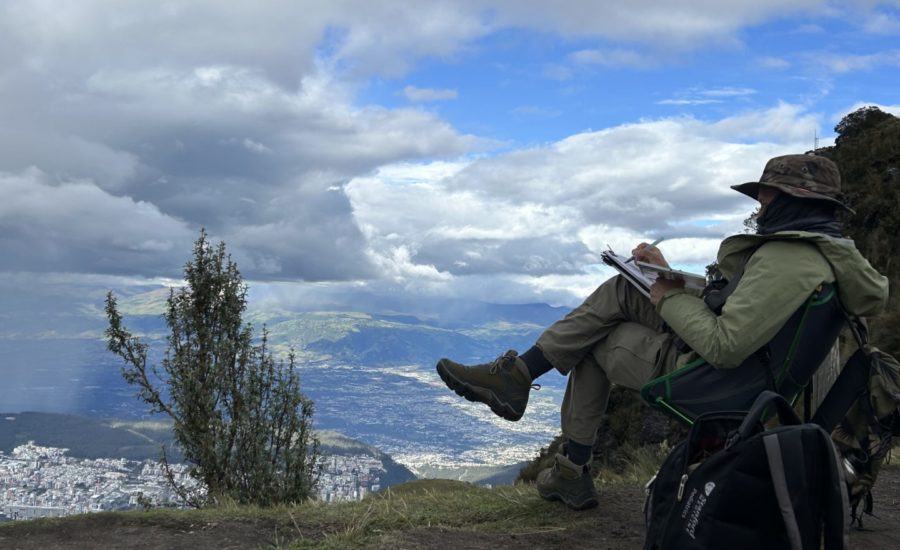
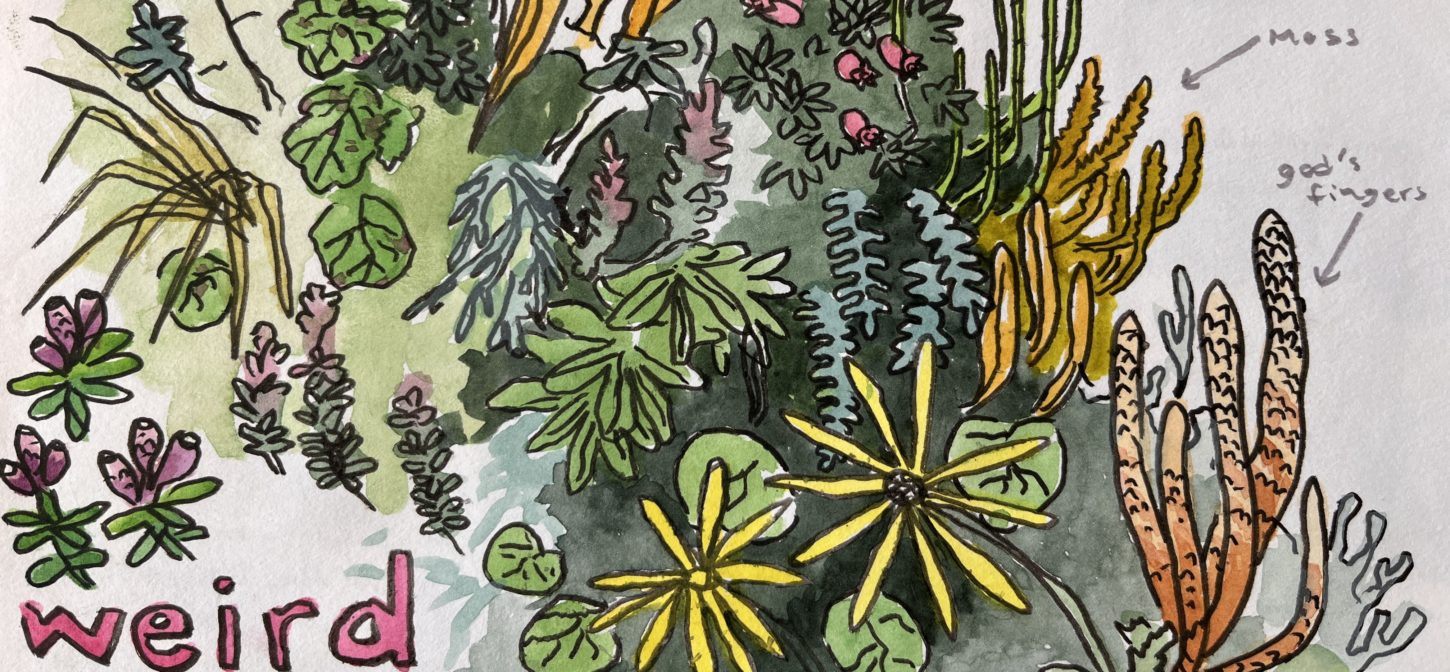
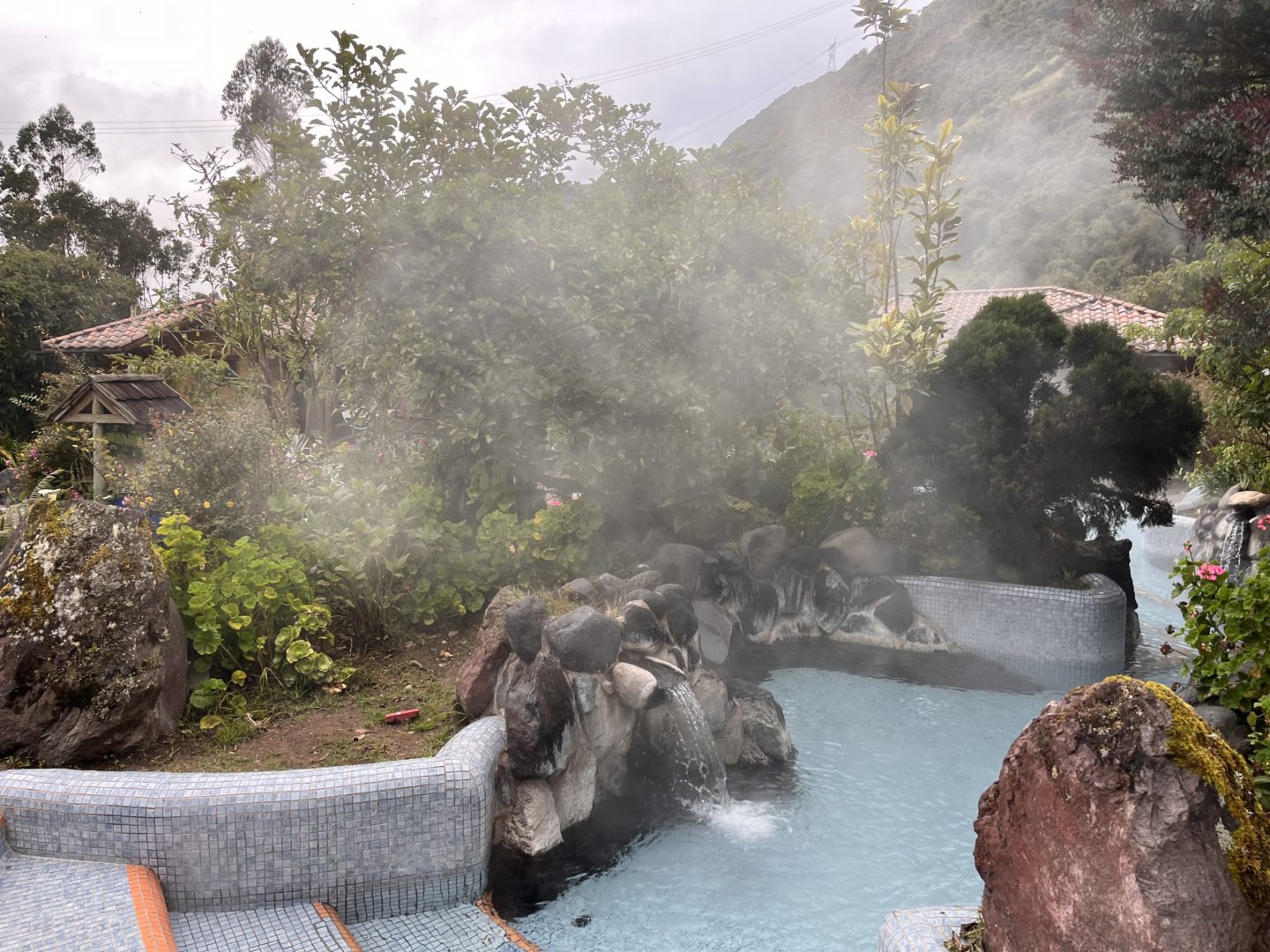
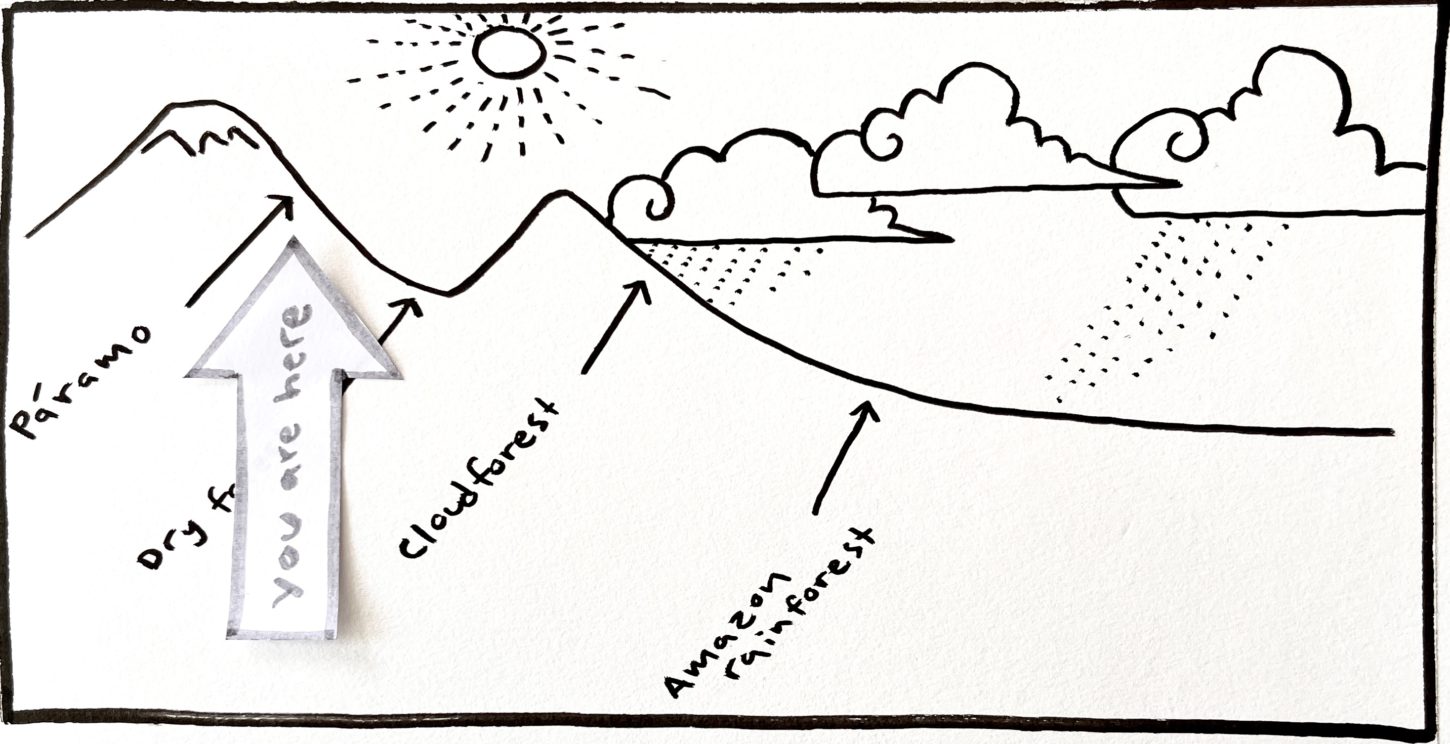
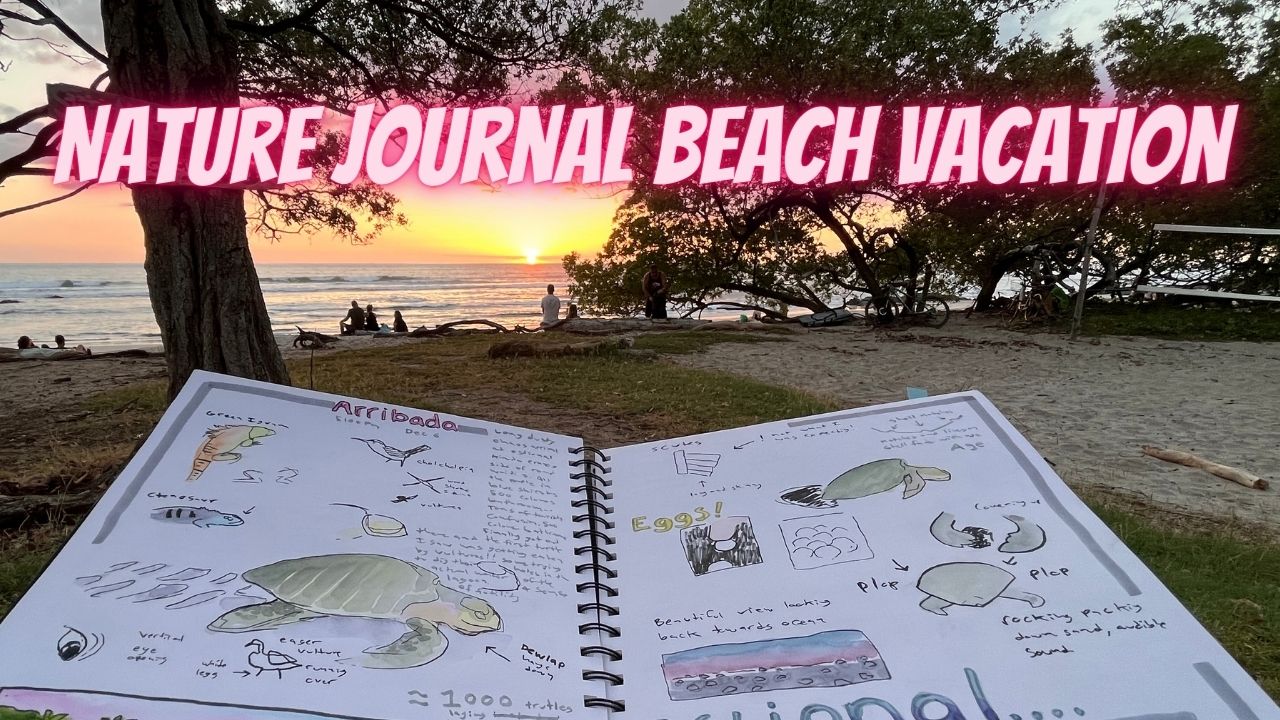
2 Responses
Hello Marley, Nice to know you are drawing and recording lots and lots of fun and interesting specimens of plants, bugs and animals — not so much bugs and animals? It certainly sounds like you are having a terrific time and explaining for me/us all about your finds. Thanks so much. Stay well and continue sharing your adventures. Take care. ~L
Hi Loretta! Thanks for the message. The plants were definitely a big focus in the Páramo but there were also some bugs and animals. We saw some caracaras and other birds of prey up close and some from far away including an andean condor (really far away.) We saw feeding sign from the spectacled bear but alas we did not see the bear itself. We also did not see the biggest hummingbird in the world which lives here.